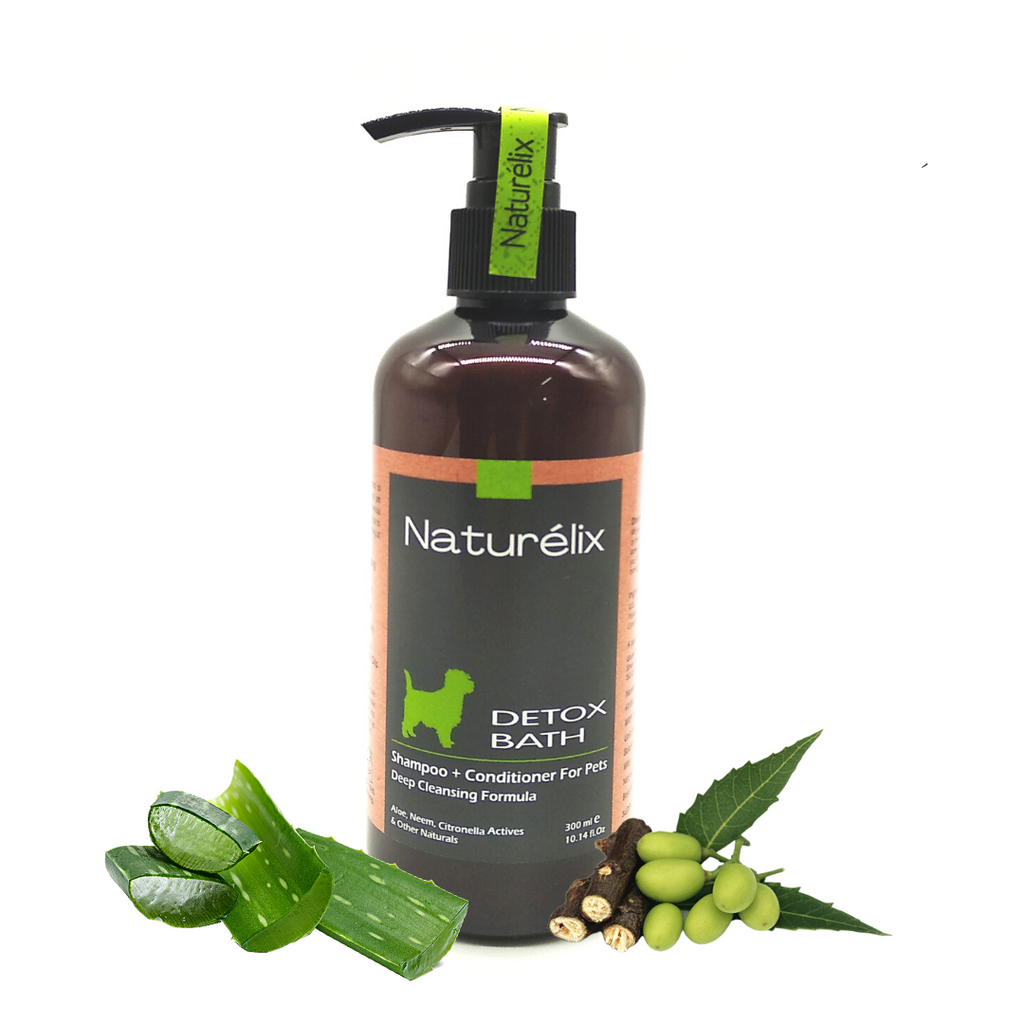Introduction
As a responsible pet owner, it's essential to keep your
furry companions free from the discomfort and health risks posed by ticks and
fleas. Grooming plays a vital role in preventing infestations and maintaining your
pets' health. In this comprehensive guide, we will explore "Effective Tick
and Flea Grooming Techniques" to help you keep your pets happy and
healthy. From choosing the right grooming tools to implementing preventive
measures, we have you covered.
Effective Tick and Flea Grooming Techniques
Grooming is not just about keeping your pets looking neat
and tidy; it's also a critical aspect of their overall health and well-being.
Here are some effective tick and flea grooming techniques to protect your pets
from infestations:
1. Regular Inspection
Inspect your pets regularly for any signs of ticks and
fleas. Run your fingers through their fur and look for small bumps or tiny
black or brown specks (flea dirt). Early detection can help prevent
infestations from worsening.
2. Use a Tick and Flea Comb
Invest in a high-quality tick and flea comb. These combs
have closely spaced teeth that can effectively remove ticks and fleas from your
pets' fur. Comb your pets daily, paying extra attention to areas where
parasites are commonly found, such as the neck, ears, and tail.
3. Bathe with Tick and Flea Shampoo
Use a veterinarian-recommended tick and flea shampoo during
baths. These shampoos are designed to kill and repel ticks and fleas. Follow
the instructions carefully and ensure you cover the entire body, including
hard-to-reach areas.
4. Trim Long Fur
Ticks and fleas prefer hiding in long fur. Keep your pets'
fur trimmed to reduce hiding spots for these parasites. Regular grooming can
also prevent matting, which can harbor ticks and fleas.
5. Check Collars and Accessories
Ticks can attach themselves to your pets' collars,
harnesses, or other accessories. Check these regularly and clean or replace
them as needed.
6. Use Preventive Spot-On Treatments
Consult your veterinarian and use spot-on treatments that
provide long-lasting protection against ticks and fleas. These treatments are
usually applied to your pet's skin and can prevent infestations for several
weeks.
7. Maintain a Tick-Free Yard
Keep your yard tick-free by mowing the lawn regularly and
removing tall grass and debris. Consider using pet-safe tick repellents for
your outdoor space.
8. Flea and Tick Spray
Use pet-safe flea and tick spray on your pets' bedding and
favorite resting spots to repel parasites.
9. Avoid Tick-Infested Areas
When taking your pets for walks, avoid areas with dense
vegetation, as these are common tick habitats.
10. Regular Veterinary Check-ups
Schedule regular check-ups with your veterinarian to ensure
your pet's overall health and to seek expert advice on tick and flea
prevention.
Conclusion
Effective tick and flea grooming techniques are essential
for protecting your pets from infestations and ensuring their overall health
and happiness. Regular inspection, the use of tick and flea combs, proper
bathing with specialized shampoos, and preventive spot-on treatments are among
the key strategies to keep ticks and fleas at bay. Remember, a well-groomed pet
is a healthy and contented pet.
FAQs
Q: How often should I groom my pet for ticks and fleas?
A: Regular grooming is essential. Aim for at least once a day,
especially during peak tick and flea seasons.
Q: Can I use human grooming products on my pets?
A:
No, human grooming products may contain chemicals that can be harmful to pets.
Use products specifically designed for pets.
Q: Are ticks and fleas a problem in colder months?
A:
While ticks and fleas are more active in warmer months, they can still be a
concern year-round, especially in mild climates.
Q: Can grooming alone prevent tick and flea infestations?
A: Grooming is a crucial preventive measure, but it should
be complemented with other preventive methods like spot-on treatments and
environmental control.
Q: Can my pet be allergic to tick and flea grooming products?
A: Some pets may be sensitive to certain grooming products.
Always check with your veterinarian for pet-safe alternatives.
Q: How can I keep my pet calm during grooming sessions?
A: Make grooming a positive experience by offering treats and
praise. Start with short sessions and gradually increase the duration.


